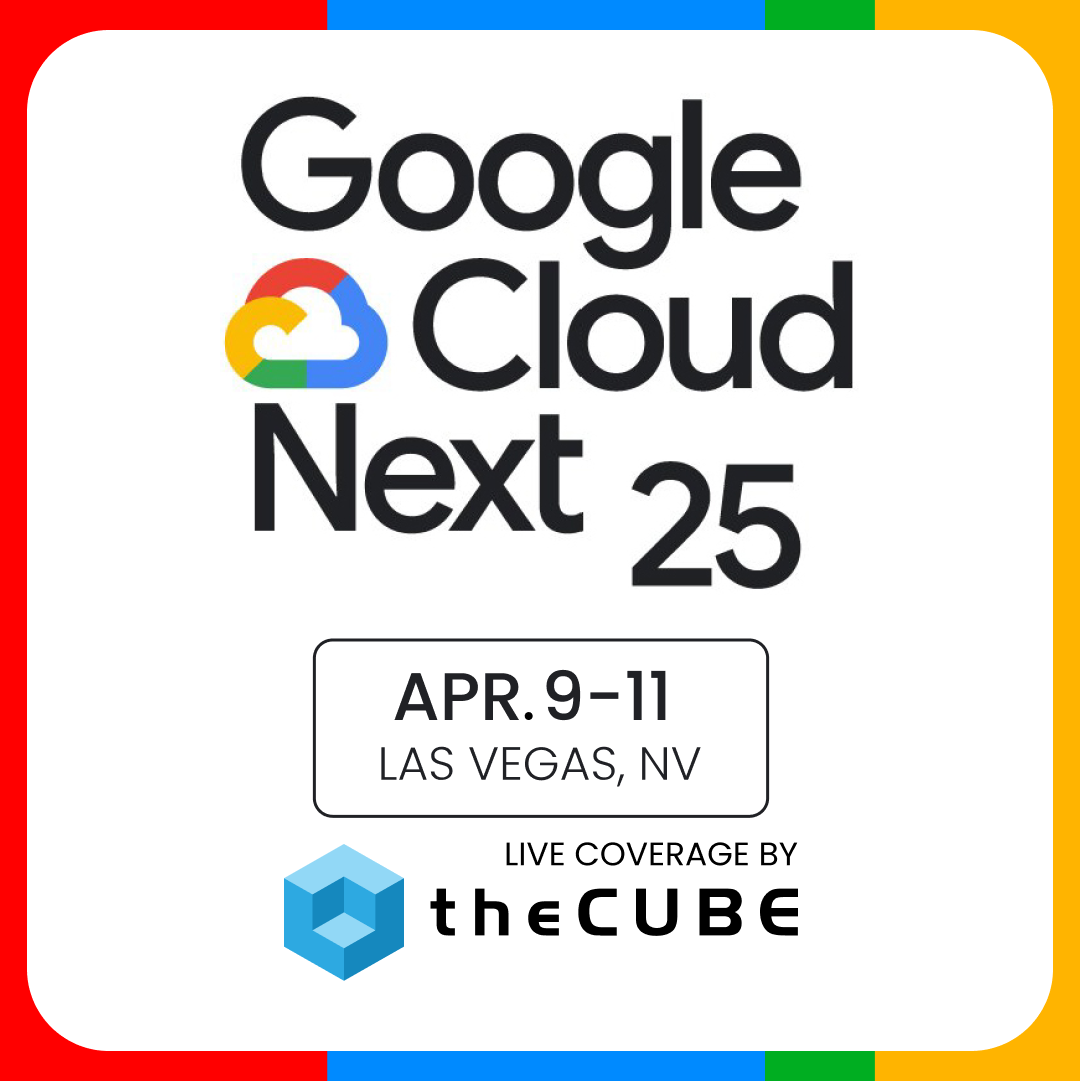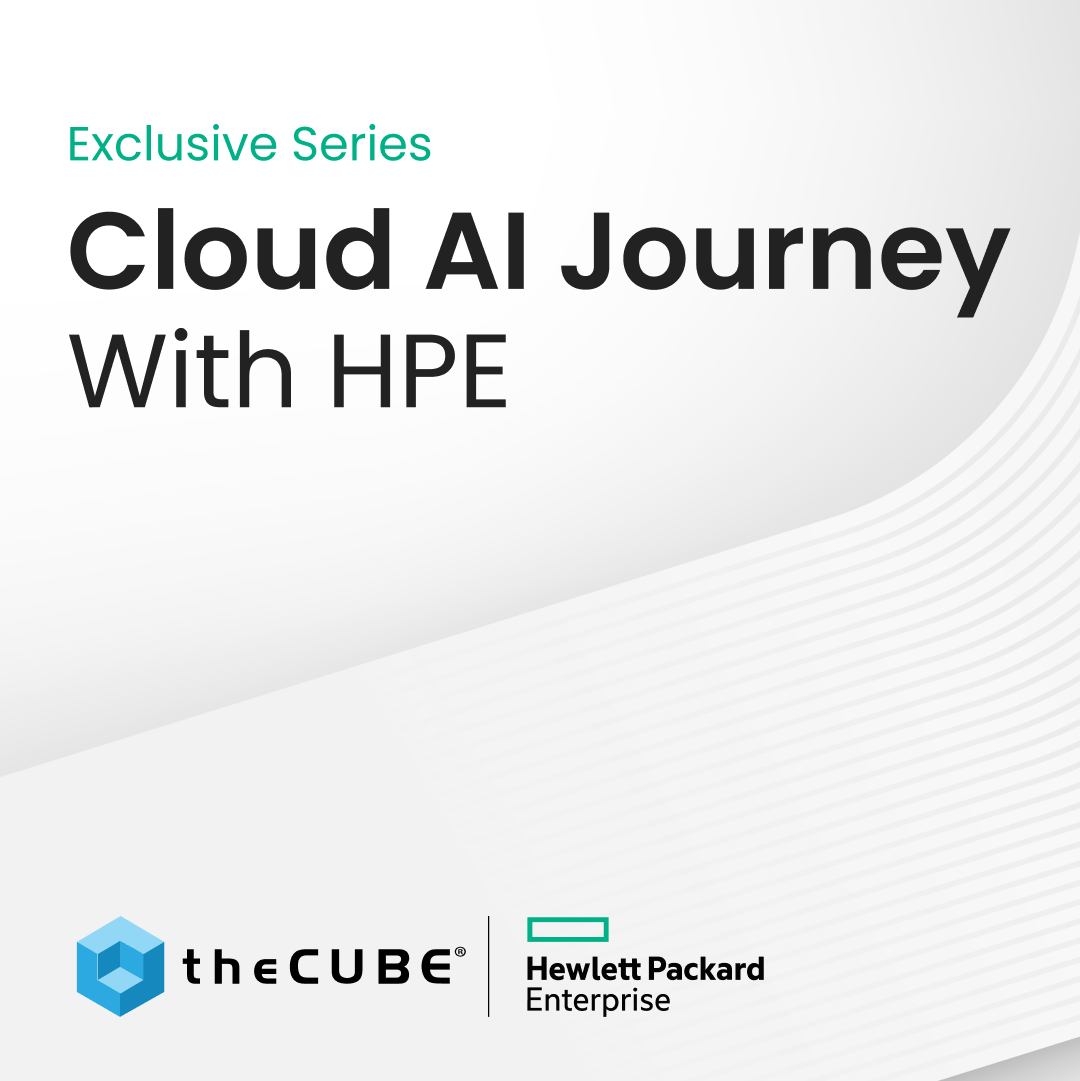March Madness – Shifting Tides in the Data Center
It’s been an interesting first quarter. Cisco and HP dumping on each other last month, 3PAR turns up the heat in automated storage tiering and then HP’s two-day analyst event in March, followed up by EMC’s grand vision for federated storage and then LSI’s analyst event in NYC. Next week is Iron Mountain in Boston where we’ll hear about the Mimosa acquisition. Then it’s SNW in April which will bring a ton of announcements.
It looks like 2010 is shaping up as a good rebound year. Earnings reports in December were optimistic and the year-on-year comparisons with Q1 2009 should be excellent because Q1 2009 was so miserable. Tech companies are exiting the downturn with outstanding balance sheets. Keep an eye on the relationship between housing starts and unemployment.
Major themes have of course been virtualization and cloud computing. The Wikibon community heard in early March from business continuity practitioners how the cloud has the potential to transform disaster recovery and business continuance, dovetailing with EMC’s vision of federated storage.
Shifting Data Center Landscape
The subtext to all this high level action these past couple of months is a shifting landscape in the data center. We’re seeing big players like Oracle, IBM, HP, Microsoft, Intel and Cisco position for the next wave of innovation; and we’re seeing companies like VMware and EMC trying to get a seat at the big dance…while NetApp stays focused on doing what it does best—making storage simpler.
The sub-sub-text here is the competitive developments in the Fibre Channel business. The vendor community wants to keep users locked into FC without it looking like a lock-in so they’re giving customers a dual FC and FCoE path. Users are uneasy about FCoE but ultimately they will have little choice to adopt as costs come down and the technology moves from CNAs in servers to top-of-rack switches and ultimately converged switches and native FCoE devices. While networks might not converge in the near term, technologies will—around 10 Gb Ethernet and FCoE.
Fibre Channel Ripple Effects
We’re also seeing a new wave of competition in the FC switch business. HP recently dumped Cisco (they’d never admit this) and began private labeling QLogic FC switches. Yesterday QLogic announced that its switches are seeping into EMC (EMC is of course playing Switzerland saying it sells Cicso, Brocade and QLogic products). HP’s move to private label QLogic switches essentially funds QLogic’s entry into a market that’s dominated by Brocade (~80% market share according to Dell’Oro). Every market needs competition and the FC switch business really needs more competition.
Of course QLogic is only focused on edge switching and doesn’t have an edge-to-core offering so perhaps the threat to Brocade is benign. But something’s happening in this space and it’s important because a lot of these big data center, federated, cache coherent installations will be running on FC or FCoE. FC won’t die. Wikibon estimates there are $25B in FC assets installed and CIO’s are not going to rip and replace that infrastructure—it would be crazy. That means there’s a good business still to be had and because it’s a mature business the logical way to grow is to gain share. Who has the share? Brocade.
Wither Brocade?
Two blogs got my attention yesterday. First was one posted on Silicon Angle pointing out that Brocade is under pressure. John Furrier wrote:
Recently Brocade has been under fire for lack of performance due to pressure from Juniper and QLogic. Vendors are broadening the ecosystem to create more competition and accelerate the convergence of storage and networking and servers.
I doubt QLogic has had an impact on Brocade yet but there’s clearly some friction brewing there. But in another blog yesterday, StorageMojo’s Robin Harris was even more cutting. Entitled Brocade’s unraveling, Harris argued that Brocade’s strategy has painted it in a corner because its OEMs had diverging objectives to those of Brocade. Harris wrote:
Brocade’s troubles reflect the dangers of an OEM strategy when your partner’s strategic interests are different than yours. None of them wanted Brocade to succeed as a networking company.
The FC business is not growing. FCoE is a measure to keep the business alive for another 10 years and lock-in customers to a path that is safer than alternative protocols. Sure, eventually the world will go all Ethernet—the operative word there is eventually. The only ways to grow in this business are to raise prices or steal share from Brocade. And because Cisco is at war with the world it seems as though companies like HP are willing to become benefactors to QLogic which creates more pressure on Brocade. The company is getting squeezed by a backlash from SAN complexity and competition from Cisco, QLogic and Ethernet generally. What’s more, no one seems to want to shell out the $2.5B+ to buy Brocade even though the company has been shopping itself. Yes it has cash on the balance sheet (~$500M) but its debt is also high (~$1B).
Complexity
All this near term posturing underpins the bigger issue—users want things to be simpler. SAN was supposed to deliver that. It didn’t. And now there’s so much installed storage network infrastructure that users can’t get rid of stuff easily. Everyone understands that the ‘Google Effect’ is changing everything and all companies need to figure out how to simplify infrastructure management. That’s why all the arms dealers are trying to figure out an Ethernet strategy; EMC is riding VMware and guys like HP are trying to add value by simplifying outside of the hypervisor.
Bottom line: Simplify or die…what’s your strategy?
A message from John Furrier, co-founder of SiliconANGLE:
Your vote of support is important to us and it helps us keep the content FREE.
One click below supports our mission to provide free, deep, and relevant content.
Join our community on YouTube
Join the community that includes more than 15,000 #CubeAlumni experts, including Amazon.com CEO Andy Jassy, Dell Technologies founder and CEO Michael Dell, Intel CEO Pat Gelsinger, and many more luminaries and experts.
THANK YOU
















